This post is all about a favourite Ghanaian breakfast – Hausa Koko and Kose. Hausa Koko and Kose is a traditionally fully vegan Ghanaian breakfast consisting of a hot and spicy millet porridge (hausa koko) served with fried bean fritters (kose). It is a celebration of indigenous ingredients, spices and techniques and is truly a breakfast of champions.
Ghanaian breakfast
Breakfast in Ghana varies a lot. Some eat in the morning, others do not. People eat foods considered as lunch meals others do not. Popular breakfast foods in Ghana include tea and bread, which is not actually tea but a hot chocolate beverage with Ghanaian bread. However, nothing tops Ghanaian breakfast like Hausa Koko.
Early in the morning, you can find many sellers along the street. These are usually Muslim women from the North who specialize in this porridge as it is originally from the north. Every time I go to Ghana, it is always a must for me to have Hausa Koko and kose every single day. It is a love I definitely inherited from my father and it is something I will like to pass down.
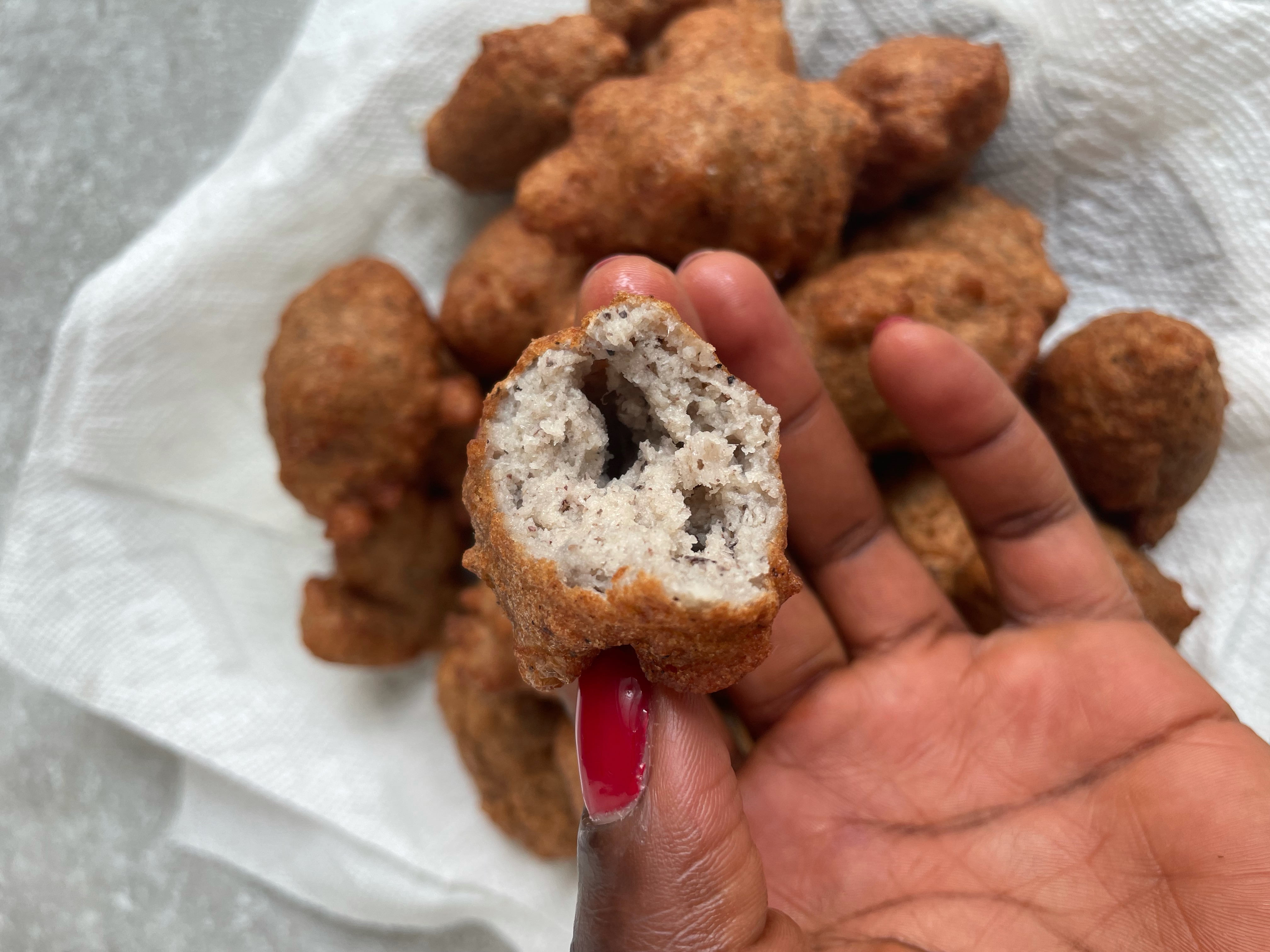
Ingredients
Hausa Koko is really a celebration of Ghanaian/West African indigenous foods and spices.
- Millet: the base of the porridge is Pearl Millet. Pearl Millet is a popular millet variety in West Africa that was dmoesticated in the region for millenia. It serves as the basis for many fermented drinks, swallows and multiple breakfast meals. Millet is usually consumed in the drier regions of Ghana and West Africa as it is a drought resistant crop that grows well in dry sand and with little water. This is such a bonus because it is an incredibly nutritious grain that can be the future in our current climate crises.
- if you are in the US or Canada, you can purchase pearl millet from Addablooms. But also from your local African grocery store or Indian grocery store.

- Spices: what makes hausa koko so unique is the use of indigenous spices to give it flavour. Hausa koko is flavoured with ginger and indigenous west african spices like grains of selim and calabash nutmeg. Obviously more common spices like cloves, black peppercorn and cayenne pepper are also used but nothing compares to the indigenous spices. If you want more info on indigenous West African spices, make sure to click here.
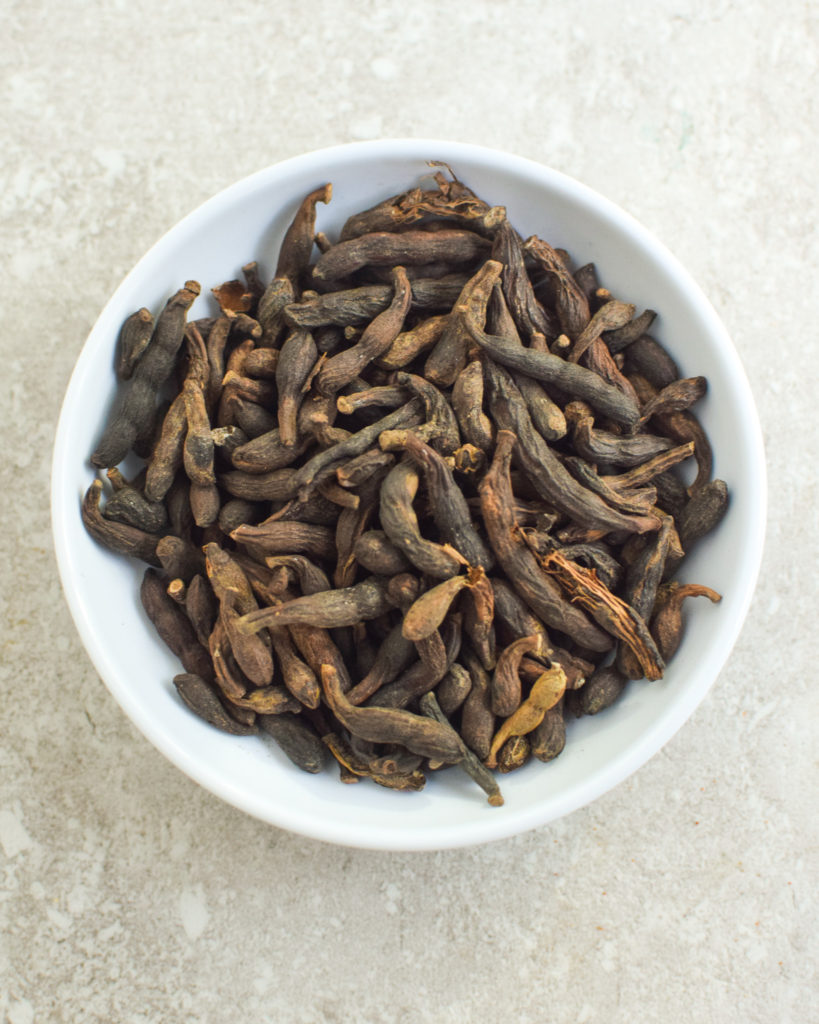
grains of selim 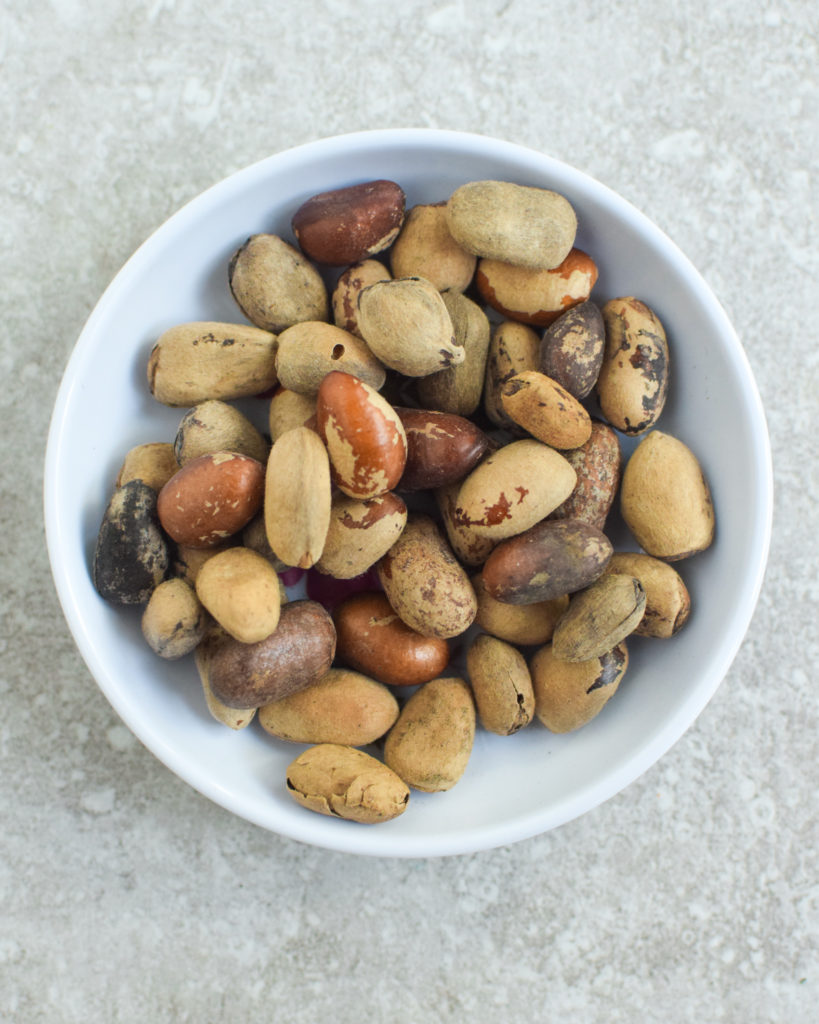
calabash nutmeg
- Black Eye Peas: Black eye peas are cowpeas indigenous to West Africa. Beans are a huge part of the Ghanaian diet, as well as across West Africa. We blend it and steam it or deep fry it and have a variety of sauces made with beans. The beans are the star ingredient for kose, which means one is getting a pretty good dose of plant based protein with the porridge.
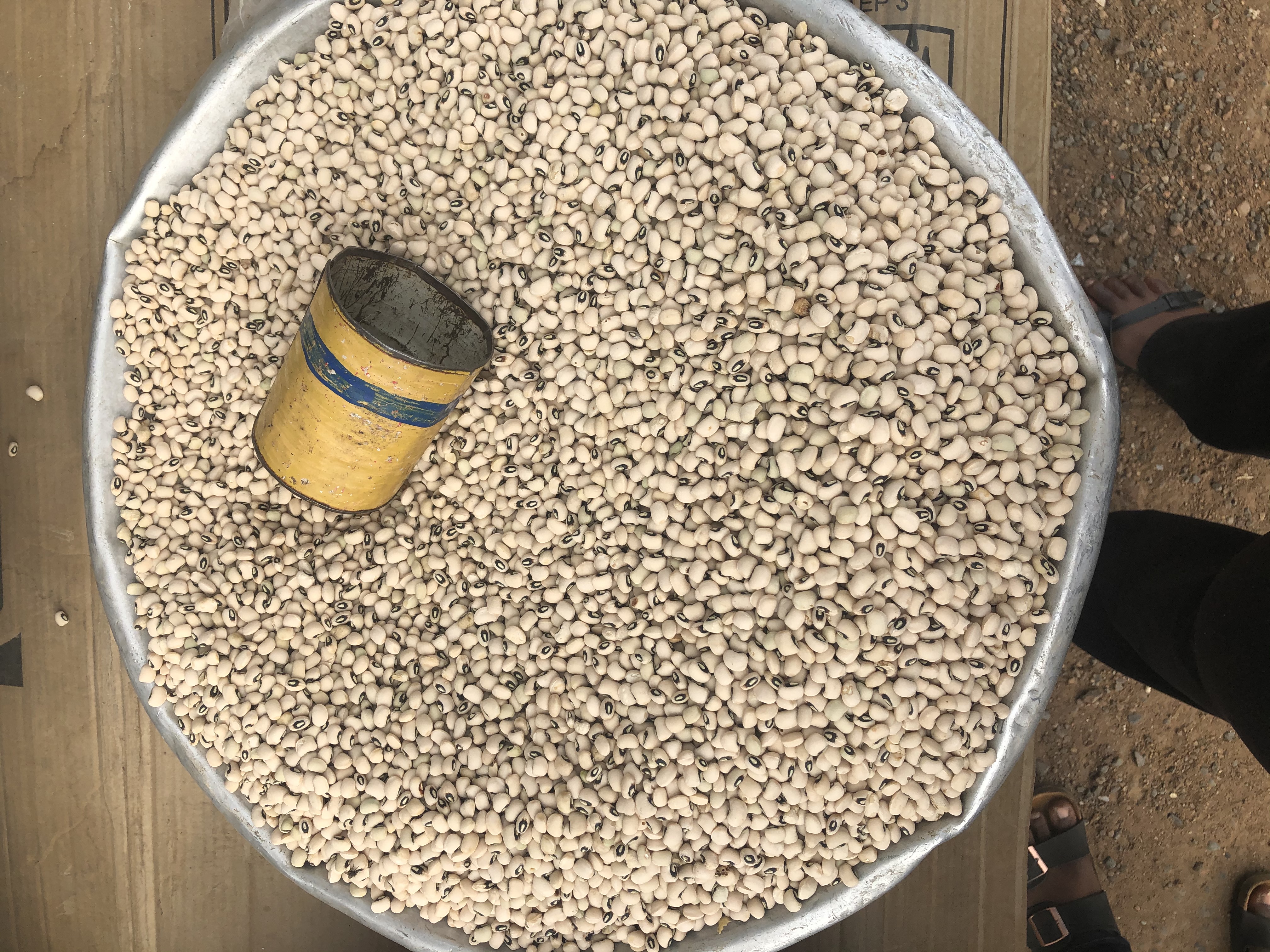
Substitutions and Additions
- Naturally, I will get questions about substitutions and swaps. I will say that if it is possible to make the recipe with all the ingredients please do try. This is such a unique recipe that I would love you to pick up the ingredients. If you are looking for indigenous ingredients, please take a look at this post.
- Grains
- Hausa koko is not usually made with sorghim, but I include it because its also an indigenous African grain similar to millet used for drinks and swallows. It adds a depth of flavour and more nutrition. I get my sorghum from Ghana but Bob’s Red Mill offers the white version.
- Other millet varieties: One might be tempted to use basic white millet but honestly it doesn’t work. I have tried with the whole grains and with the flour. It just does not give the same depth in flavour.
- Also please do not use millet flour or any flour. I am still working on the flour based recipes as they are a bit different. When it is ready I will leave a link.
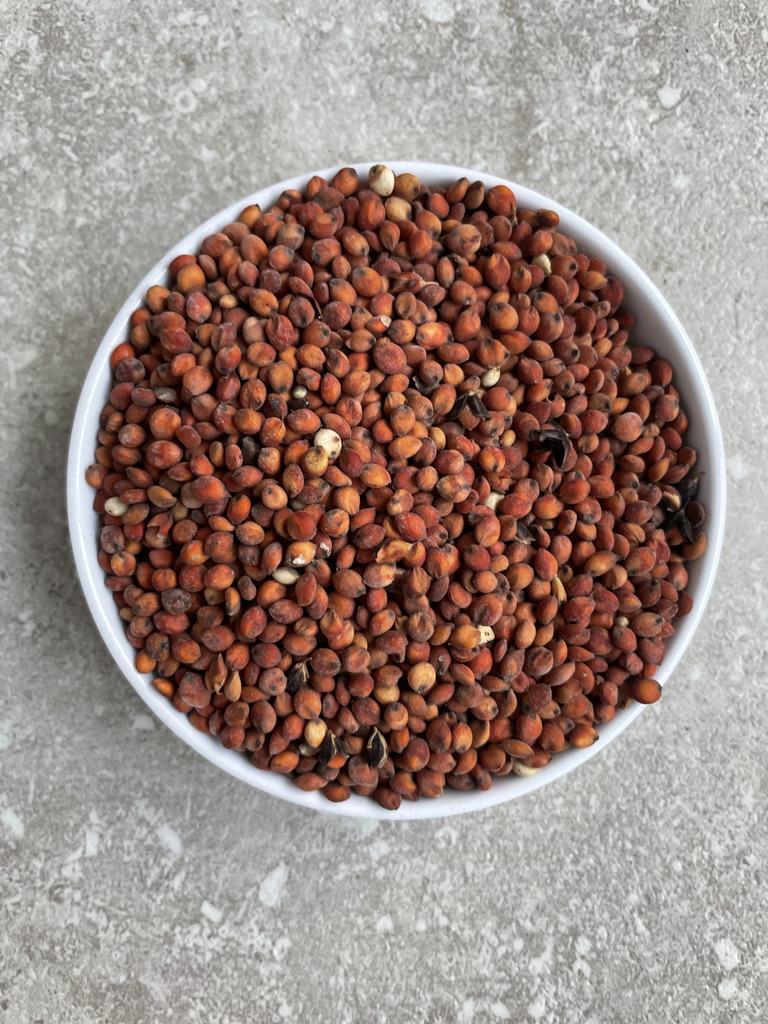
- Spices
- You can choose to omit the traditional spices. I will suggest increasing the cloves and ginger to compensate but you will get a different flavour. I know people might be hesitant to purchase the traditional spices but i do use it in A LOT of my food so you can use the spices for so many of my recipes; it is definitely worth the investment.
- Beans
- PLEASE USE RAW BLACK EYE PEAS. If the beans are cooked it will not work. If the beans are canned it will not work. The frying cooks the beans so using already cooked/canned beans will not work.
How to Make Hause Koko and Kose
Hausa Koko and Kose
Ingredients
- 2 cups of whole pearl millet (or 1 cup of millet and 1 cup of sorghum)
- 5 grains of selim ***
- 1/2 tsp of black peppercorn
- 5 calabash nutmegs ***
- 2 large thumbs of ginger
- 1/2 tsp grains of paradise ***
- 1/2 tsp of whole cloves
- 1.5 cups of dried black eye peas
- 1/2 red onion
- 1/4 tsp of salt
- Filtered water
- Enough vegetable oil to deep fry the kose
Instructions
Clean the grains and soak overnight with a lot of water
The next day, wash the grains very well and blend with spices and blend with about 2-3 cups of water.
Once you have a smooth mixture, strain the mix through a cheesecloth. You can also use a nut milk back but I find that the nut milk back is too fine of a sieve.
Blend the chaff (the left over) with more water (another 2 cups of water) and repeat the straining process.
Cover the strained liquid with a cloth and let it ferment overnight. You should have close to a litre of the mixture
This same day soak your beans in water
The next day, heat your oil for frying and blend the beans with salt and just enough water to get the beans to blend. I will start off with as little water as possible and add enough to get a thick batter.
Use a spoon to scoop a little bit of the batter and drop it into the hot oil. Repeat till you have used all the batter.
Once the kose is ready, move on to cooking the porrigde
By now there should be some bubble on top. The water should have separated at the top, Carefully pour the liquid into a pot without disturbing the thick mixture at the bottom and bring to a boil.
As the liquid is a boiling, mix the mixture at the bottom into a thick paste
Once the water comes to a boil, add the thick paste. turn the burner off and continue to whisk everything. The porridge will get thicker. Add more water if you feel that it is getting too thick
Serve porridge with sugar and roasted peanuts with a few pieces of kose.
Notes
*** not 100% required but HIGHLY ENCOURAGED for the proper flavour.

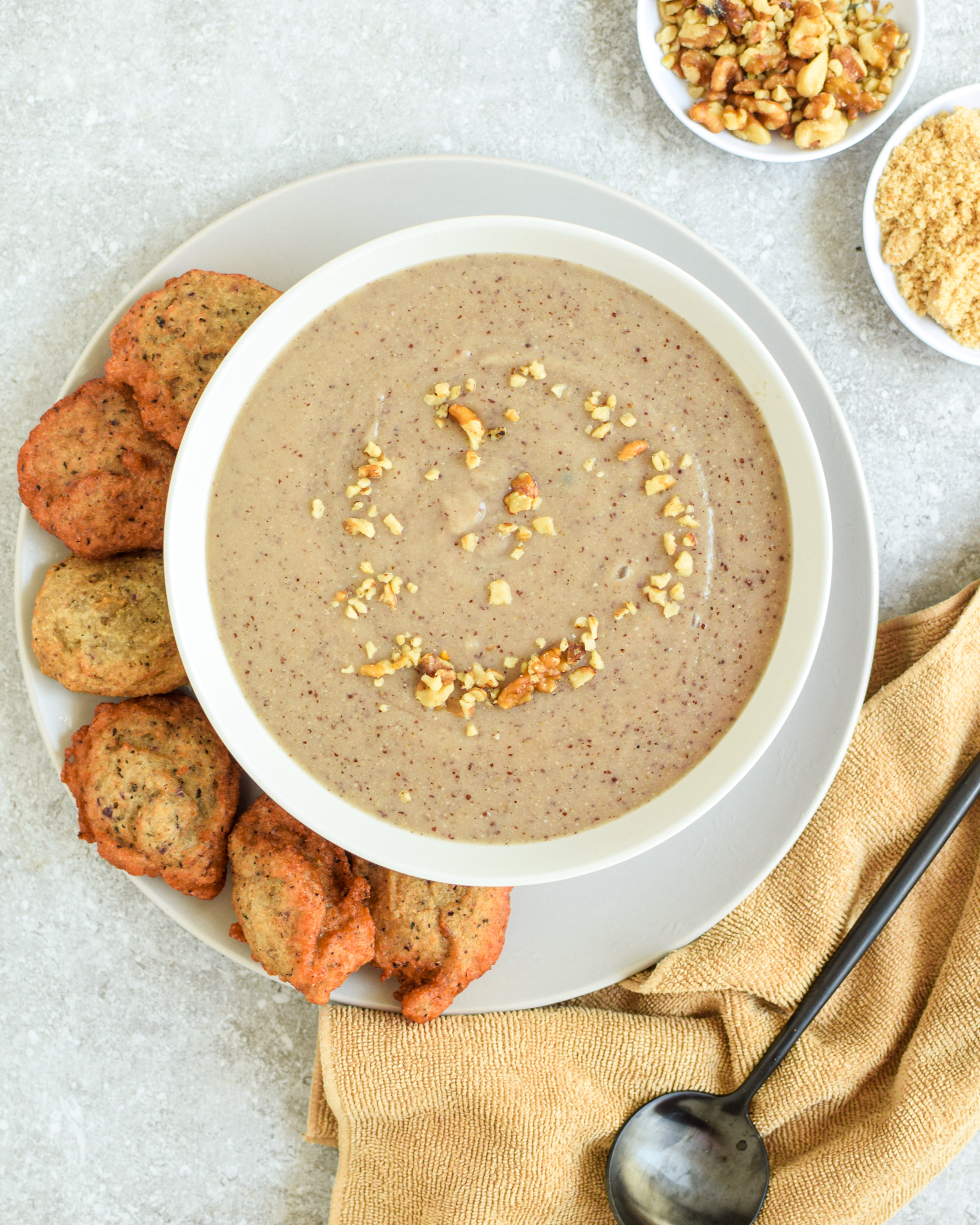
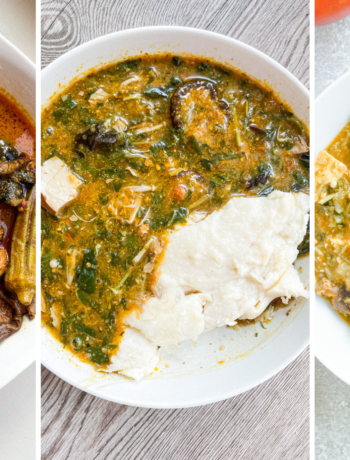
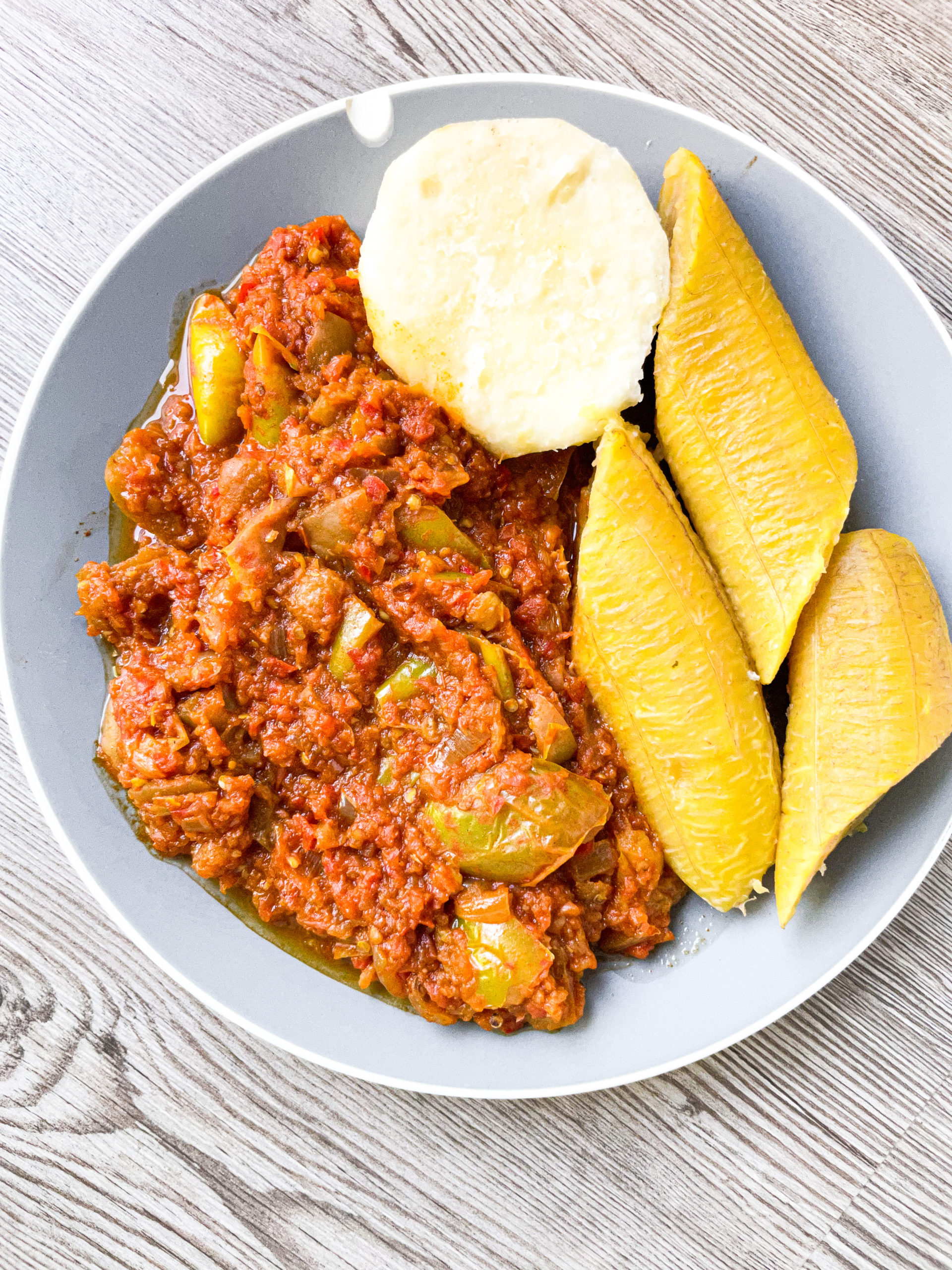
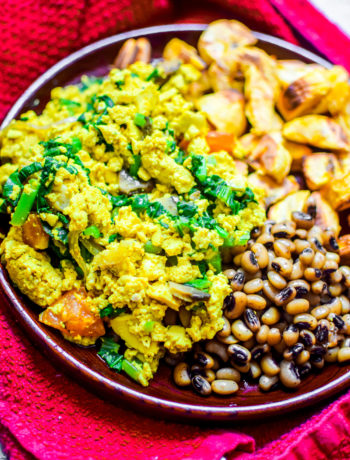
4 Comments
Traditionally Vegan Ghanaian Breakfast (Hausa Koko) | AFRICAN FOOD BEAM
August 21, 2021 at 2:28 am[…] RECIPE: https://thecanadianafrican.com/fully-vegan-traditional-ghanaian-breakfast/ […]
Hanna
October 10, 2021 at 7:18 pmSince I could not try the Hausa Koko yet but have already made the Kose, I wanted to say that the Kose tastes fantastic and with a good blender is very easy to make! I forgot to add the onion in the first batch of Kose I made (because I think I didn’t see it in the description of the recipe) but then rewatched your YouTube video on it and added it to the second batch! 🙂
The Canadian African Holiday Gift Guide - The Canadian African
November 29, 2021 at 3:56 am[…] and it is done in literally 10 minutes. I also reheat a lot of my fried food in here, like my kose, or even my beyond […]
Tigernut Pudding (Atadwe Milk - Vegan) - The Canadian African
November 29, 2022 at 3:17 am[…] Hausa Koko […]